 From Bil Gilbert's 1969 Sports Illustrated expose' on Performance Enhancing Drugs:
From Bil Gilbert's 1969 Sports Illustrated expose' on Performance Enhancing Drugs:
Tags: Bil Gilbert, Steroids, Sports IllustratedAfter it has been admitted that most citizens dope themselves from time to time, there remain excellent grounds for claiming that in the matter of drug usage, athletes are different from the rest of us. In spite of being—for the most part—young, healthy and active specimens, they take an extraordinary variety and quantity of drugs (see cover). They take them for dubious purposes, they take them in a situation of debatable morality, they take them under conditions that range from dangerously experimental to hazardous to fatal. The use of drugs—legal drugs—by athletes is far from new, but the increase in drug usage in the last 10 years is startling. It could, indeed, menace the tradition and structure of sport itself. . . .
“Are anabolic steroids [a male hormone derivative that supposedly makes users bigger and stronger than they could otherwise be] widely used by Olympic weight men?” rhetorically asks Dave Maggard, who finished fifth in the shotput at Mexico and is now the University of California track coach. “Let me put it this way. If they had come into the village the day before competition and said we have just found a new test that will catch anyone who has used steroids, you would have had an awful lot of people dropping out of events because of instant muscle pulls.”
. . .
There are abundant rumors—the wildest of which circulate within rather than outside the sporting world—about strung-out quarterbacks, hopped-up pitchers, slowed-down middleweights, convulsed half-milers and doped-to-death wrestlers. Nevertheless, it is the question of motive and morality that constitutes the crux of the athletic drug problem. Even if none of the gossip could be reduced to provable fact, there remains ample evidence that drug use constitutes a significant dilemma, not so much for individual athletes as for sport in general.
One reason is that the use of drugs in sport leads one directly to more serious and complicated questions. Is athletic integrity (and, conversely, corruption) a matter of public interest? Does it matter, as appreciators of sport have so long and piously claimed it does, that games be played in an atmosphere of virtue; even righteousness? If not, what is the social utility of games—why play them at all? Drug usage, even more than speculation about bribery, college recruiting, spit-balls or TV commercials, raises such sticky questions about the fundamentals of sport that one can understand the instinctive reaction of the athletic Establishments: when it comes to drugs, they ignore, dismiss, deny. . . .
Setting aside ethical considerations for the moment, there are obvious reasons why athletes should use so many drugs. The most obvious is that there are more drugs available these days for everyone than ever before. Furthermore, we have all been sold on the efficacy of drugs. We believe that the overflowing pharmacopoeia is one of the unquestioned triumphs of the age. We have been sold on drugs empirically because we have tried them and enjoy the results. We have been sold by countless magazine and newspaper stories about wonder drugs—many of which later turned out to be less than wondrous—by massive pro-drug propaganda campaigns mounted by pharmaceutical manufacturers, by TV actors dressed in doctors’ coats and by real doctors, many of whom are very quick with the prescription pad.
Generally, we have accepted rather uncritically the central message of this persuasive pitch—drugs are good for you. These days it is a cultural reflex to reach for a vial, an atomizer, a capsule or a needle if you suffer from fever, chills, aches, pains, nausea, nasal congestion, irritability, the doldrums, sluggishness, body odor, obesity, emaciation, too many kids, not enough kids, nagging backache or tired blood.
It would be surprising if athletes were not influenced by the same trends and tendencies that have the rest of us so high on drugs.
. . .
An example of how athletic pressure, ambition or maybe just ignorance at a sub-medical level can result in what charitably can be called dubious drug practices occurred a few years ago at the training camp of the San Diego Chargers. The story was told by Dave Kocourek, now an offensive end for the Oakland Raiders, but then a member of the Charger team.
“I guess this anabolic steroid business must have started on the Chargers around 1963 or right in there somewhere. One guy I can remember who got involved was Howard Kindig. He came to us as a highly touted center and linebacker from Los Angeles State. He was long and lean and very quick, and they wanted to put weight on him, so in addition to using the weight program run by our weight coach, Alvin Roy, they started pumping him full of Dianabol [a popular anabolic steroid], and sure enough he gained about 30 pounds.




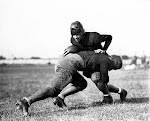
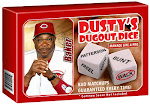
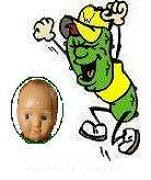

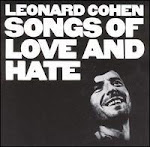



.jpg)


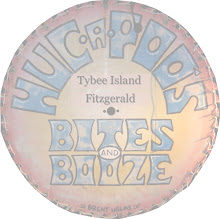
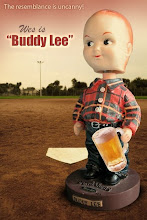
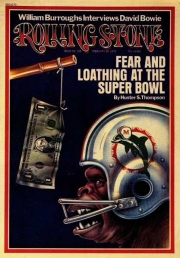

No comments:
Post a Comment